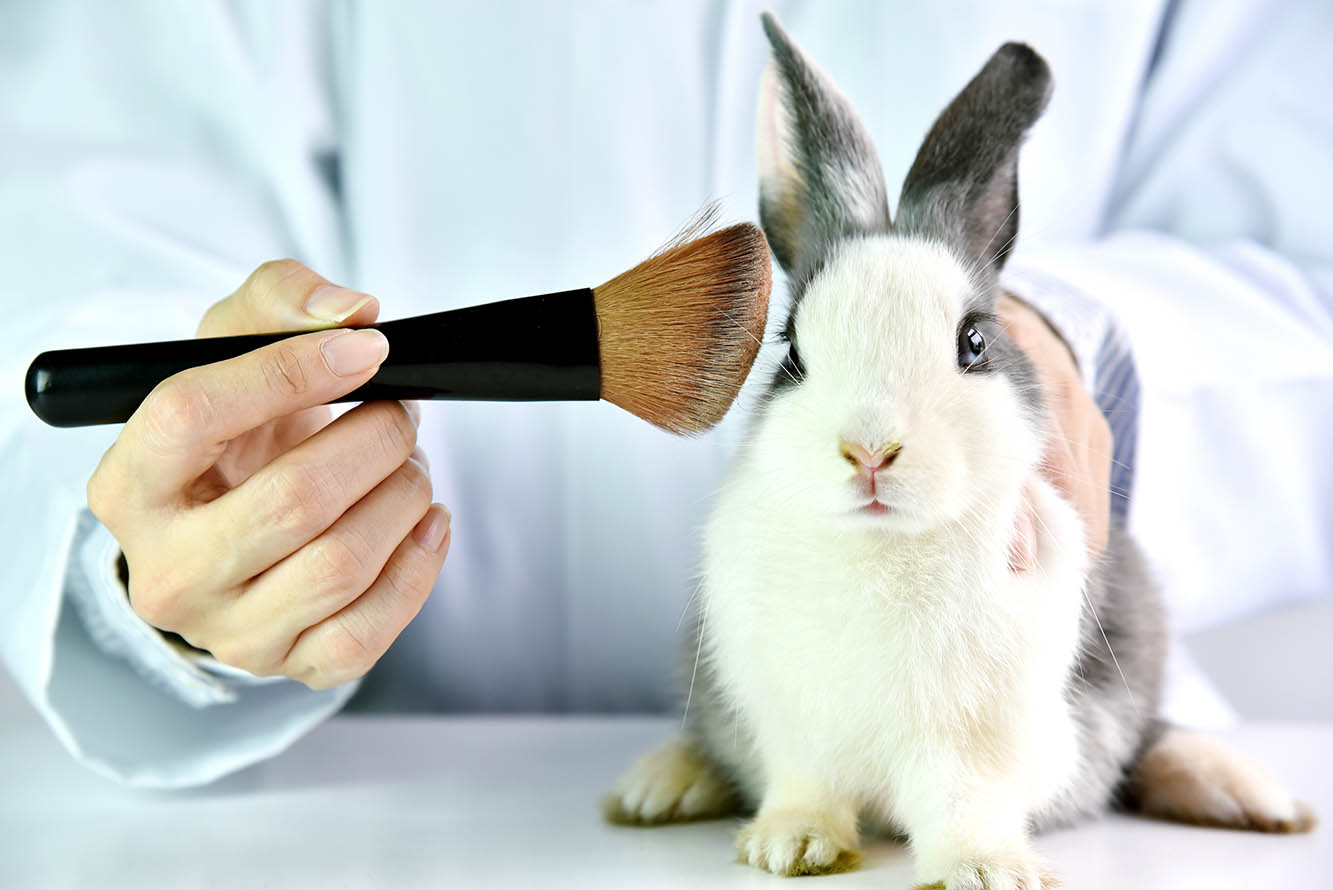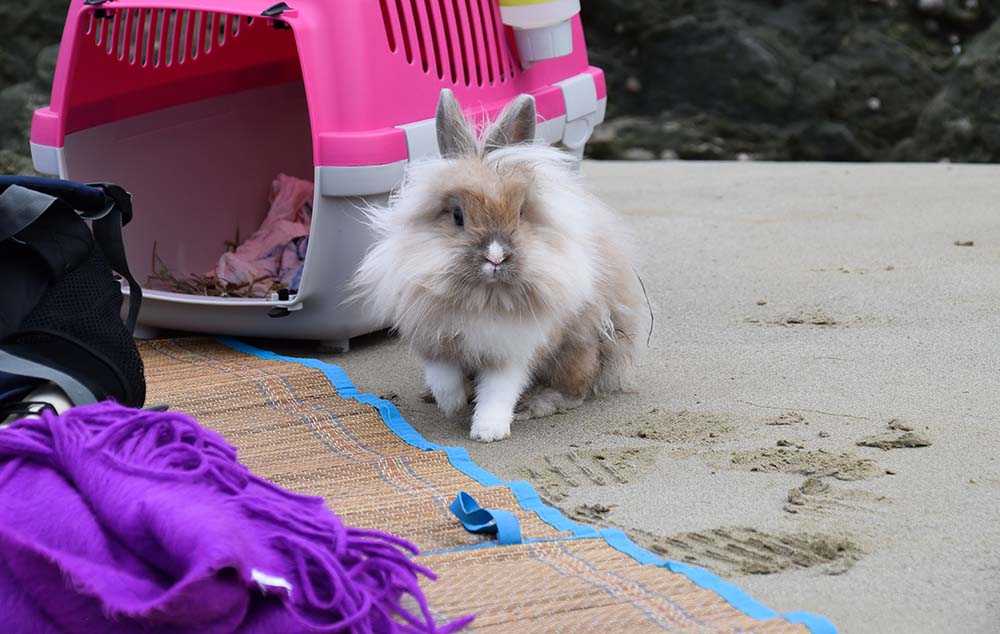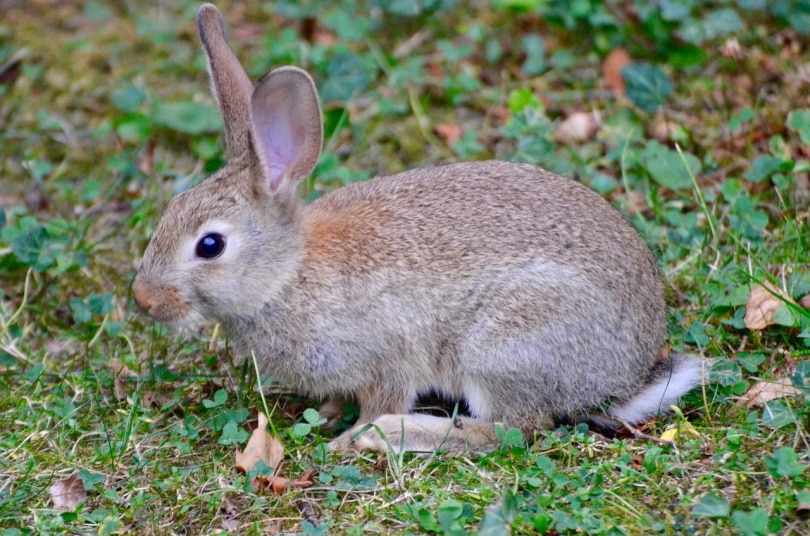
Rabbits are fun, loving fur balls that never fail to entertain their owners with their crazy antics. And when you have the pleasure of sharing your life with one of these touching little mammals, it is normal to wonder if it would be happier with a companion. The simple answer is yes because rabbits are incredibly social animals that need to live with their peers to thrive.
However, a lone rabbit won’t necessarily be miserable. Still, you will need to compensate for the lack of a companion by devoting a lot of time and attention to your rabbit. In addition, another animal, such as a dog, cat, or even a guinea pig, would not be a great companion for your rabbit. This is because bunnies behave and communicate in very different ways, so if they are kept with an animal of another species, they will not understand the behavior of the other and will, therefore, not be ideal companions.
Why Do Rabbits Need a Companion?
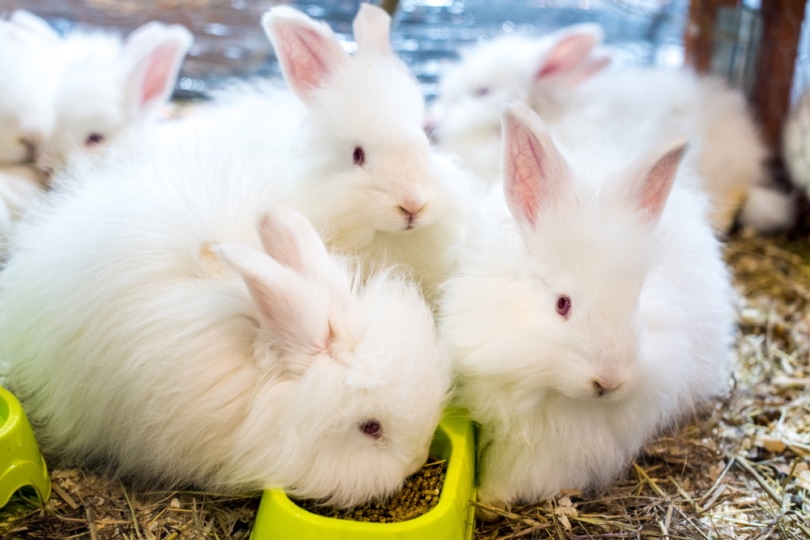
Like any animal, rabbits have physiological and social needs; if not met, they can lead to behavioral issues. Because, unlike the dog or the cat, the rabbit is not a predator but a prey. This position in the food chain induces particular behaviors.
On the one hand, living with other rabbits and sharing the same habitat is reassuring and stabilizing for these fearful little creatures. This is why, in their natural habitat, rabbits prefer to stay in groups, even outside their burrows, because they are able to perceive a possible danger better. Additionally, rabbits tend to cluster together to sleep. They adopt relaxed positions more easily (hind legs to the side or in line with the body or lying on their side) when sleeping close to each other. A rabbit that sleeps alone, isolated from its congeners, will sleep in a position of alert, without completely closing its eyes, at the risk of being devoured by a potential predator.
On the other hand, if you like rabbits, you will understand and appreciate them better by observing their behavior. A single rabbit is often much more boring to watch than a rabbit living in harmony with a companion.
Allowing your little bunny to live with another rabbit is, therefore, an essential element for his well-being, and it also allows you to gain a better insight into all the richness and depth of communication between rabbits.
What Happens When a Rabbit Gets Lonely?
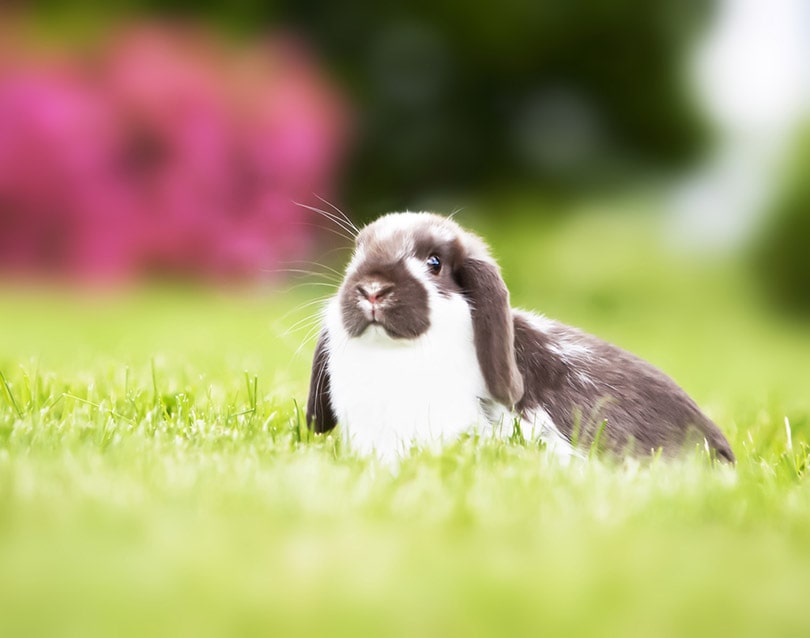
Common signs of a lonely and sad bunny include the following:
Note: Call your veterinarian if you notice one or more of these signs, as they can be underlying symptoms of an illness.
How To Introduce a New Companion to Your Rabbit

You’ve finally decided to adopt a new companion for your little bunny to make him feel less alone. While this is a great idea, be aware that rabbit cohabitation won’t be smooth in the early days (unless you’ve adopted two baby rabbits together).
Here are some tips for facilitating cohabitation between two rabbits:
Allow Time
If you think adopting a second bunny will save you time spending time with your furball, think again. Your bunny will need you just as much, and your second bunny too! Therefore, for the well-being of your two animals, you will need to spend even more time with them than before. Not to mention the doubling workload. Because yes, having two rabbits also means having twice as much space to clean, litter to change, food to buy, veterinary care to pay, etc.
Increase The Available Space
If you plan to adopt a second rabbit, it is essential to opt for a larger cage or a larger enclosure. Indeed, two rabbits can live together, but only if the space they have is large enough for them to maintain a minimum of privacy.
Choose The Sex
Although the character is more important for a successful relationship between two rabbits, gender can also make a difference. Therefore, it is generally recommended to opt for a male and a female; however, sterilization is necessary in both cases.
Note that age does not matter. However, it is best to choose two rabbits of the same age so that they have roughly the same life expectancy. This will prevent one of them from being left alone for several years.
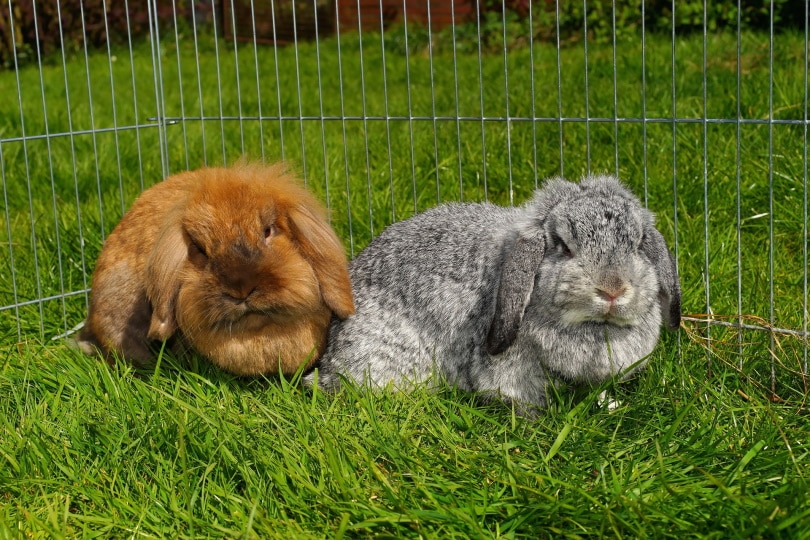
Do Not Rush The First Meeting
The rabbit is a territorial animal. For this reason, when it is time for introductions, do not place your new rabbit directly into your other rabbit’s cage. The latter could quickly be aggressive.
Instead, install the newcomer in a separate cage and in another room for two weeks. This will allow him to explore his new territory in peace, to get to know you but also to leave his scent on you. As you take care of your first rabbit, you will gradually get him used to the new smell, which will allow him to be more relaxed on the day of the meeting.
Plus, keeping your new rabbit in quarantine helps prevent the possible spread of disease. This is, therefore, an essential step.
Carefully Plan Rabbit Meetings
Once the fortnight of quarantine has passed, you can prepare the first meeting between your two rabbits. To do this, set up your new rabbit’s cage in a neutral room. Then, let your first bunny enter this room and walk around the cage as they see fit. The two animals will get to know each other by sniffing each other through the bars.
If neither rabbit is showing signs of aggression, that’s a good start. And if they ignore each other, that’s even better. Indeed, in rabbit language, this means that the presence of the other is wholly tolerated. You can then move on to the real encounter.
Install your two rabbits in a neutral room (even a hallway) or in the garden, and let them discover each other physically. However, stay nearby in case it escalates. And don’t hesitate to give them treats during the meeting to make the time a pleasant and positive experience.
Note that you may have to repeat this meeting for several weeks before you can let your rabbits cohabit. Indeed, every meeting should be short, especially if there is aggression. But luckily, for some, acceptance comes right away!
How Do You Keep a Lone Rabbit Happy?
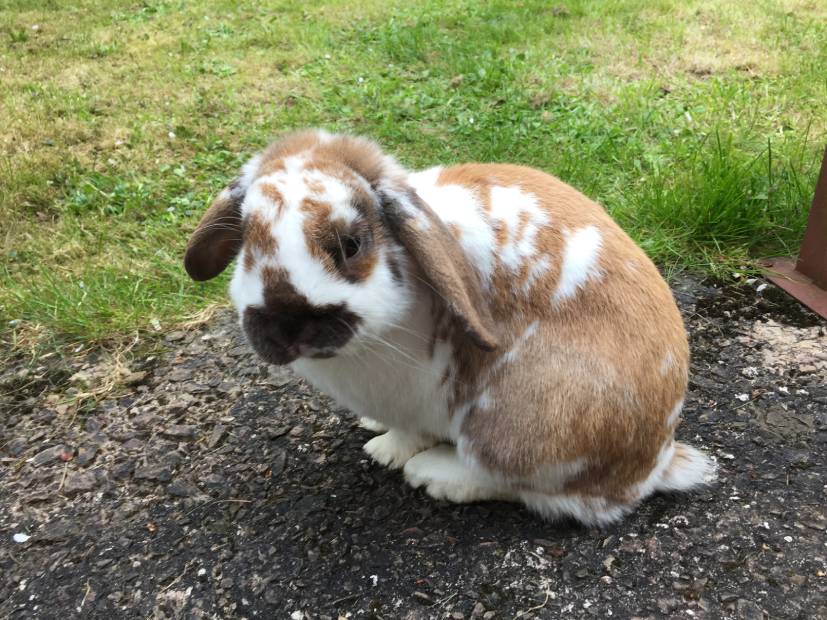
A lone rabbit is not necessarily unhappy, but he will require almost constant attention from his human. So, if you can’t adopt another rabbit, expect your pet to demand more attention and prepare to do whatever you can to keep him company.
Here are some tips to make it happen:

Final Thoughts: Bunny Companions
Rabbits are intelligent, social creatures who need to live with their peers to thrive. Cohabitation between two individuals is not always easy at first, but with patience and a little skill, you will be rewarded with happy and healthy little bunnies.
- Related Read: 9 Signs That Your Rabbit May Be Dying (Vet Answer)
Featured Image Credit: Purezba, Shutterstock

